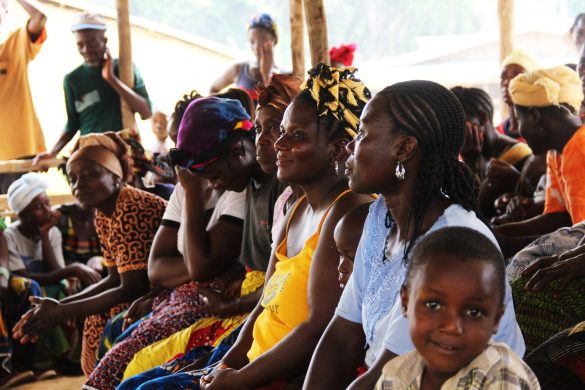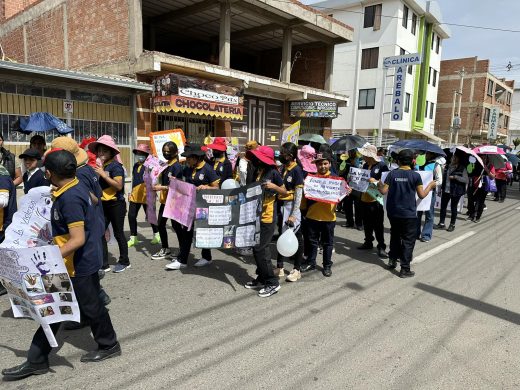BANGKOK, 10. October, 2017 (ESCAP): Natural disasters are becoming more frequent and intense and disaster risk is outpacing resilience in Asia-Pacific, the most disaster-prone region in the world, according to the latest report by the United Nations Economic and Social Commission for Asia and the Pacific (ESCAP).
In recent months, the region has seen Typhoon Hato unleash large scale damage in Hong Kong, and Macau, that stretched all the way to Vietnam, along with torrential monsoon rains in Bangladesh, India and Nepal that claimed more than 900 lives and affected another 41 million people.
Asia-Pacific Disaster Report 2017 shows that the greatest impacts of disasters are in countries which have the least capacity to prepare or respond to these events. Between 2000 and 2015, the low- and lower middle-income countries in the region experienced almost 15 times more disaster deaths than the region’s high-income countries.
Efterlyser nye finansieringsmodeller
Launching the report at the first ESCAP Disaster Resilience Week in Bangkok today, United Nations Under-Secretary-General and Executive Secretary of ESCAP Dr. Shamshad Akhtar underlined that action on early warning systems is critical, and called for more innovative sources of disaster risk financing to protect people’s livelihoods.
“Disasters can very quickly strip poor people of their livelihoods bringing deeply disruptive impacts that push them back into absolute poverty or trap them in an intergenerational transmission of poverty. Developing cost-effective financing is needed to decrease the existing resilience gaps,” said Dr. Akhtar.
“The absence of an institutionalized insurance culture and adequate post disaster financing threaten our extraordinary economic and developmental achievements. Promoting more, and deeper, collaboration among countries in the region on disaster risk financing will be an ESCAP priority. We have the opportunity to get it right and we cannot fail as millions of peoples’ lives and livelihoods depend on it,” she added.
Små ø-stater rammes hårdest
Beyond the human costs, ESCAP research indicates that between 2015 and 2030, forty per cent of global economic losses from disasters will be in Asia and the Pacific, while the region accounts for around 36 per cent of global GDP. It also shows that future natural disasters may have greater destructive potential. The greatest burden of the losses as a proportion of GDP will be borne by Small Island Developing States with average annual losses close to 4 per cent of their GDP while the least developed countries will have annual losses of around 2.5 per cent of GDP.
The report examines the relationship between the impact of disasters, poverty and inequality, highlighting a 0.13-point increase in the Gini coefficient per disaster incidence in the region, and points out the scientific and technical advances in forecasting that can identify new risks and vulnerabilities, and anticipate extreme events.
ESCAP argues that measures for disaster risk reduction should take account of the shifting risks associated with climate change, especially in risk hotspots where a greater likelihood of change coincides with a higher concentration of poor, vulnerable or marginalized people. Although interventions to reduce disaster risk cannot alone prevent conflict, they should be part of an integrated approach to conflict prevention and peace-building.
The Asia-Pacific Disaster Report aims to assist policymakers, in both public and private sectors, to better understand disaster risk and resilience and take the many opportunities for action.
The report was launched at the opening of the ESCAP Committee on Disaster Risk Reduction, where senior policy makers from across Asia and the Pacific will discuss how to build regional resilience in the context of the 2030 Agenda on Sustainable Development and the Sendai Framework for Disaster Risk Reduction.
Please find the report from this url: http://www.unescap.org/publications/asia-pacific-disaster-report-2017















